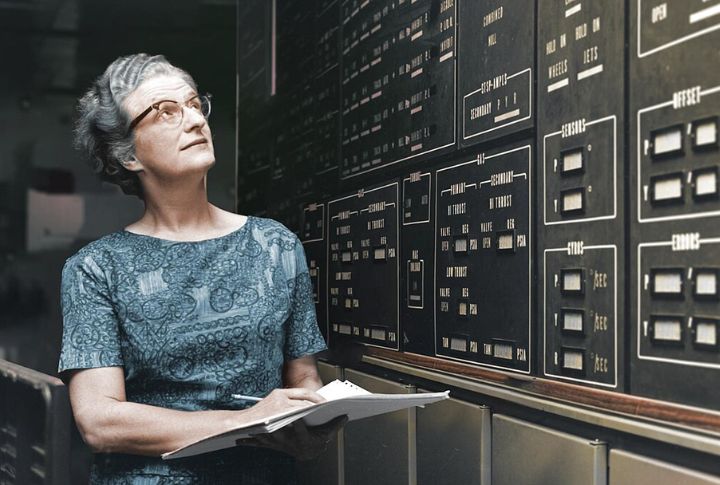
Brilliant minds have shaped history, yet many of the greatest scientific breakthroughs owe their existence to women whose contributions were often overlooked. Their discoveries span physics, genetics, astronomy, medicine, and beyond—each changing history forever. These 20 female trailblazers defied barriers and left legacies that continue to influence our world.
Chien-Shiung Wu
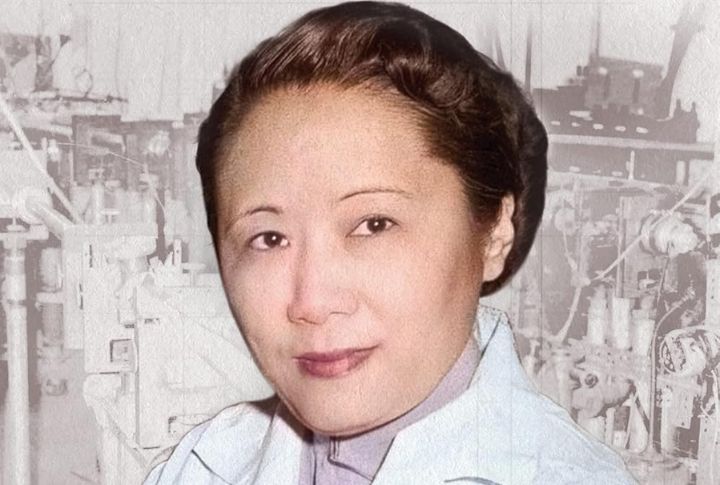
Defying norms in 1956, physicist Chien-Shiung Wu led a pioneering experiment that disproved the law of parity in weak nuclear interactions. Collaborating with Tsung-Dao Lee and Chen-Ning Yang, she confirmed beta decay asymmetry. She even reshaped modern physics and established new standards for experimental precision. These achievements earned her the nickname “First Lady of Physics.”
Francoise Barre-Sinoussi
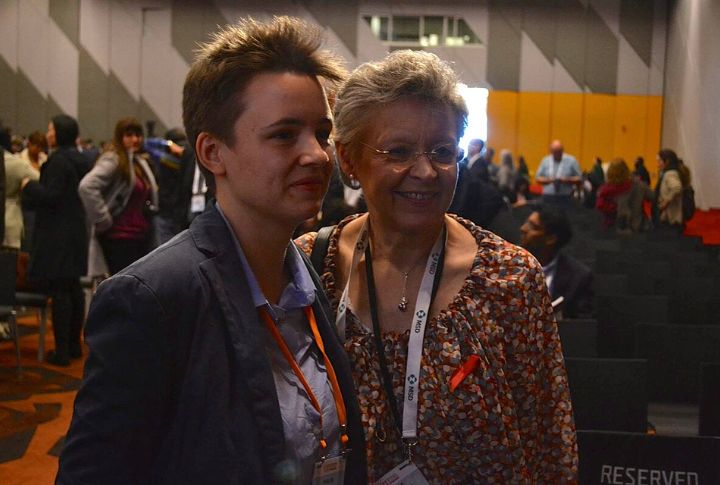
The early 1980s saw Francoise play a key role in identifying HIV as the cause of AIDS. This finding opened the door to diagnostic testing and antiviral therapies at a critical moment in medical history. Awarded the Nobel Prize in 2008, her brilliant research work shifted global public health strategies. Francoise’s work remains vital in virology and infectious disease research to date.
Rachel Carson

Biologist Rachel Carson used scientific evidence to challenge the widespread use of DDT (Dichlorodiphenyltrichloroethane), a synthetic pesticide that was widely used in agriculture after World War II. The marine biologist and conservationist brought these concerns to the forefront with her 1962 book “Silent Spring,” which detailed how DDT and other pesticides were causing unintended harm to wildlife.
Fabiola Gianotti

During the 2012 discovery of the Higgs boson, Fabiola Gianotti led CERN’s ATLAS experiment, which confirmed the final piece of the Standard Model. Her pivotal role in this breakthrough highlighted her leadership in particle physics. Later, she made history as CERN’s first female Director-General, continuing to advance the frontiers of high-energy physics research.
Jane Luu
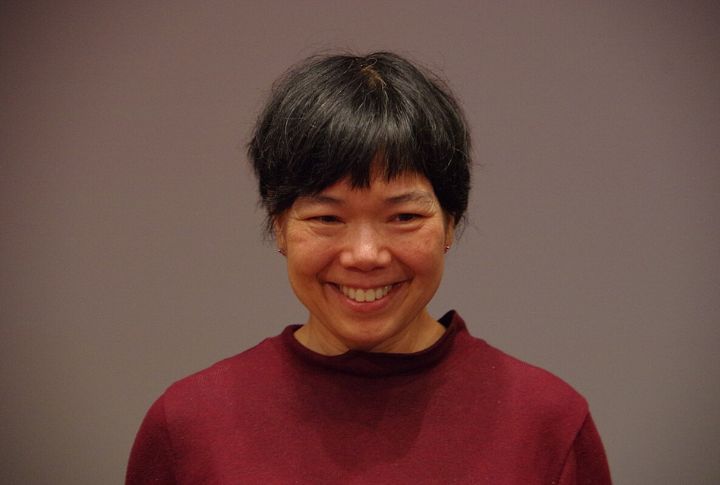
In 1992, astronomers Jane Luu and David Jewitt identified the first known object in the Kuiper Belt beyond Pluto. Their work uncovered a vast, icy region extending past Neptune, reshaping our understanding of the solar system. This groundbreaking find eventually influenced Pluto’s reclassification. In 2012, Luu received the Kavli Prize in Astrophysics for the achievement.
Tu Youyou
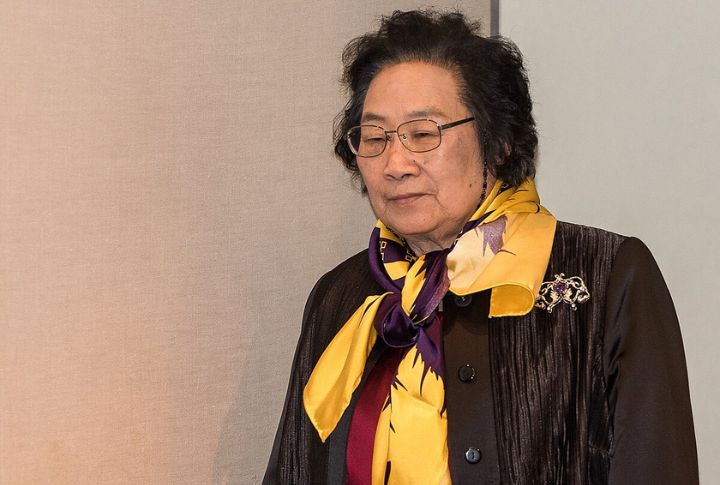
Drawing on ancient Chinese medical texts, Tu Youyou isolated artemisinin, a compound from sweet wormwood that proved highly effective against malaria. The treatment has saved millions of lives and bridged the gap between traditional remedies and modern science. In 2015, she also became the first Chinese recipient of the Nobel Prize in Medicine.
Shirley Ann Jackson
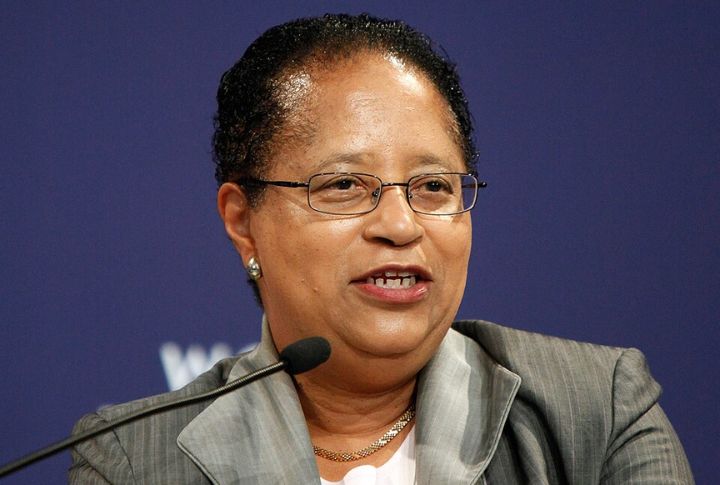
Her scientific foundation supported the evolution of technologies like the fax machine and fiber optics. At Bell Labs, Ann conducted research that led to innovations in semiconductor theory and telecommunications. Caller ID and solar cells are just some of her foundational works that we still enjoy. Fun Fact: Shirley was the first Black woman to earn a Ph.D. in physics from MIT.
Emmy Noether
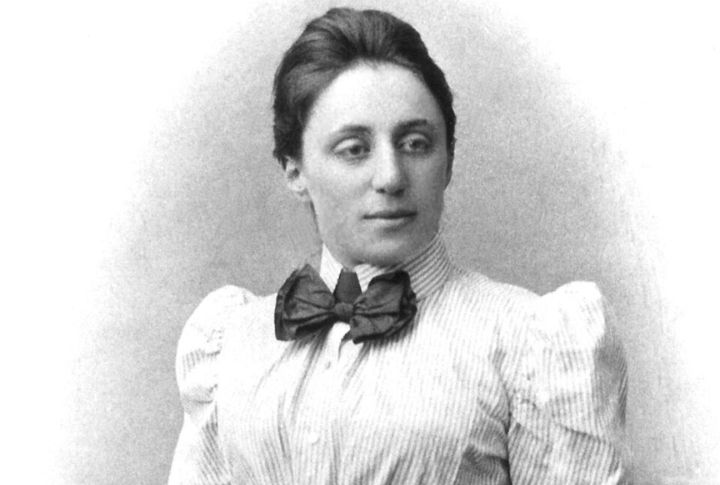
In 1915, Emmy introduced a theorem linking conservation laws and symmetries in physics. She employed an abstract approach that laid the groundwork for modern algebraic structures. Albert Einstein praised her brilliance and even went ahead and referred to her as a mathematical genius unmatched in her time. Despite facing gender discrimination, her legacy remains vital in algebraic structures.
Maria Goeppert Mayer
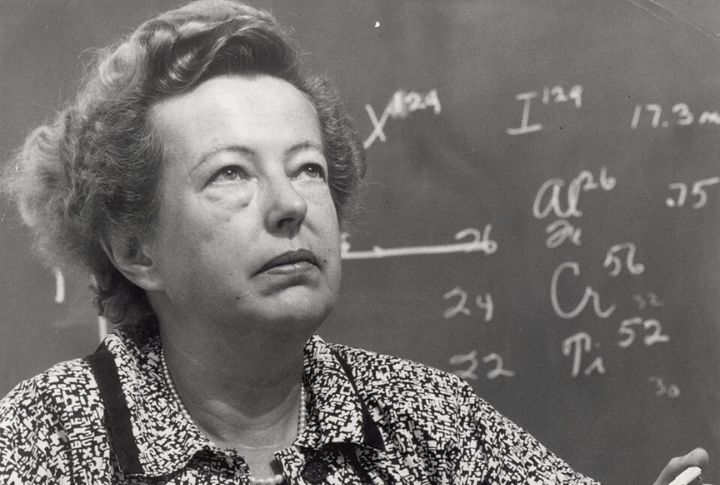
The atomic nucleus puzzled physicists until Mayer’s nuclear shell model, proposed in 1949, explained atomic nucleus stability using “magic numbers.” Her work earned her the 1963 Nobel Prize, an achievement that made her the second woman to win in physics. These discoveries remain fundamental in nuclear physics, significantly shaping modern atomic theory and quantum mechanics.
May-Britt Moser
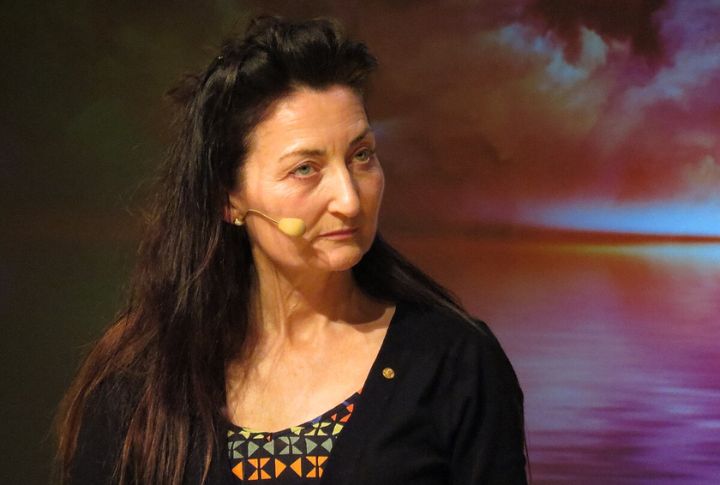
In 2005, neuroscientist May-Britt Moser, alongside Edvard Moser, identified grid cells in the entorhinal cortex. These cells help you maneuver your environment, acting like an internal GPS. The key findings advanced neuroscience and influenced studies on memory and cognition. They eventually earned a Nobel Prize in 2014 and opened doors to Alzheimer’s and spatial memory research.
Elizabeth Blackburn
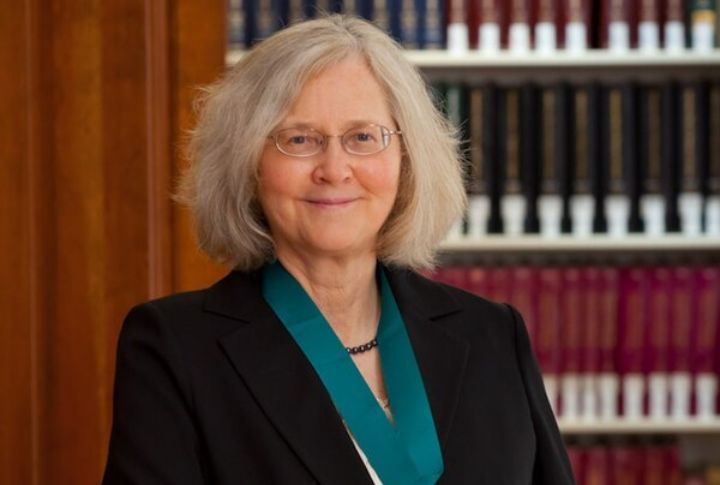
Blackburn discovered that telomeres (protective caps located at the ends of chromosomes) shorten with each cell division, which contributes to aging. Elizabeth’s findings revolutionized genetics and assisted cancer and longevity studies. Earning the 2009 Nobel Prize, this brilliant work remains central to understanding cellular health and aging processes.
Mary Claire King

In 1990, Mary-Claire King proved that mutations in the BRCA1 gene can cause inherited breast cancer. Through her research in genetic medicine, Mary uncovered a discovery that led to life-saving screening and prevention strategies. She also applied DNA science to human rights and reunited families by identifying victims of political violence—proof that genetics can serve both health and justice.
Rita Levi-Montalcini
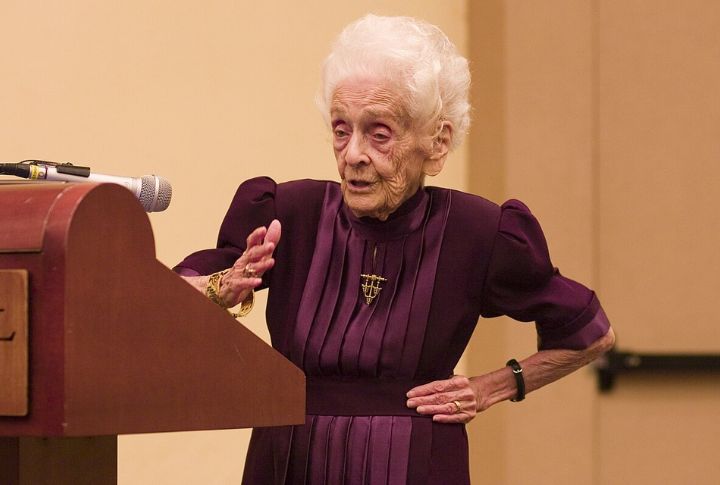
Operating from a home lab during WWII, neurobiologist Rita Levi-Montalcini documented nerve growth factor (NGF) in the 1950s. NGF explained how nerves develop and regenerate, a finding that revolutionized neuroscience and developmental biology. Her lifelong commitment to science, even at 100 years old, earned her the 1986 Nobel Prize and undeniable global admiration.
Jocelyn Bell Burnell
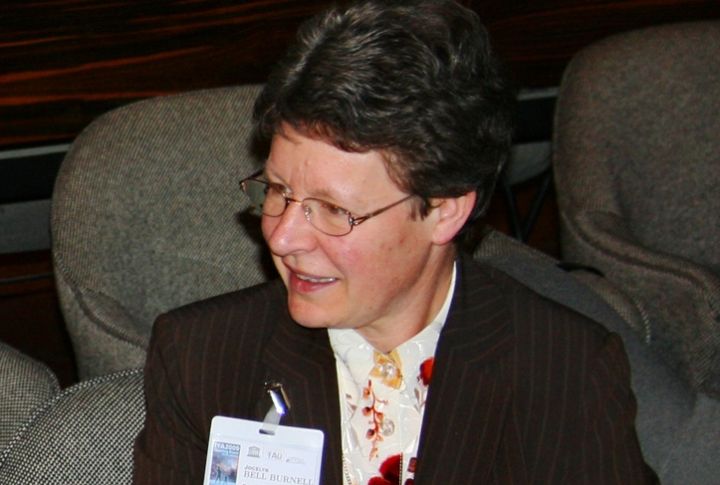
As a graduate student in 1967, Jocelyn Bell Burnell noticed odd signals in radio telescope data. Her discovery of pulsars—rotating neutron stars—revolutionized astrophysics. Through her work, the astrophysics community gained a powerful new tool to study the universe’s extreme conditions. However, her supervisor received the Nobel, and Bell Burnell’s contribution empowered generations of scientists to look beyond the obvious.
Ellen Ochoa
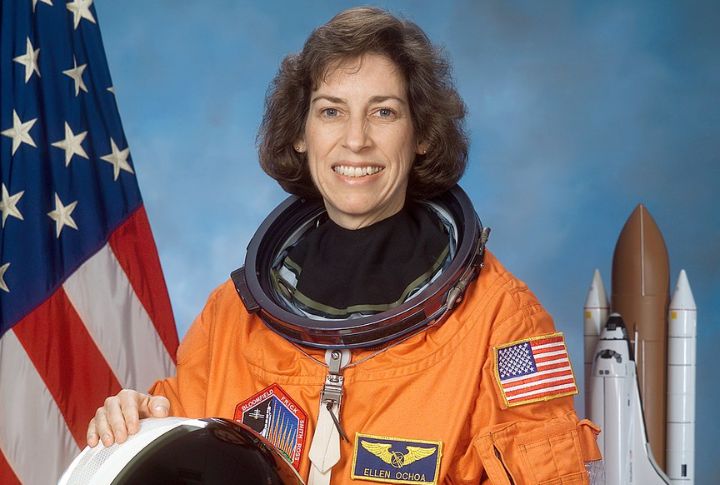
Ochoa, the first Hispanic woman in space, developed optical systems for automated space exploration. Her expertise in robotics contributed to shuttle missions and the International Space Station. As NASA’s Johnson Space Center director, she championed STEM education, inspiring future generations of scientists and engineers. Fun fact: Ellen is also an accomplished classical flutist and musician.
Margarita Salas
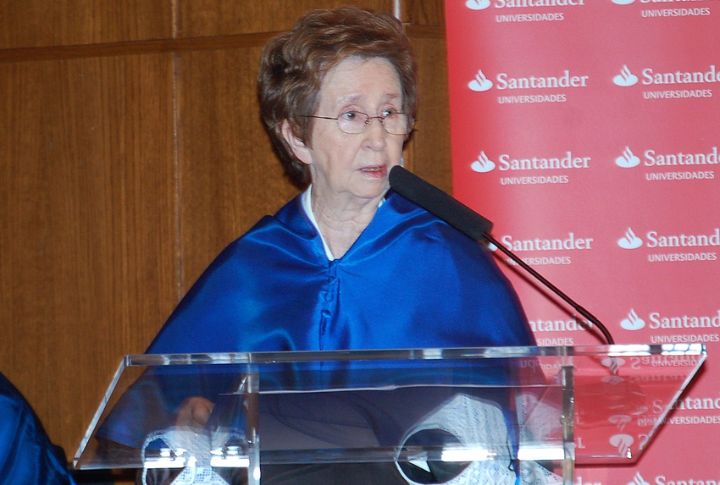
Spanish scientist Margarita Salas transformed genetic research with phi29 DNA polymerase by enabling more accurate DNA amplification from minimal samples. This innovation revolutionized forensics, diagnostics, and molecular biology. As Spain’s leading molecular biologist, her patented work stands among the most profitable in the nation’s research history, with a lasting impact on global biotechnology.
Nergis Mavalvala
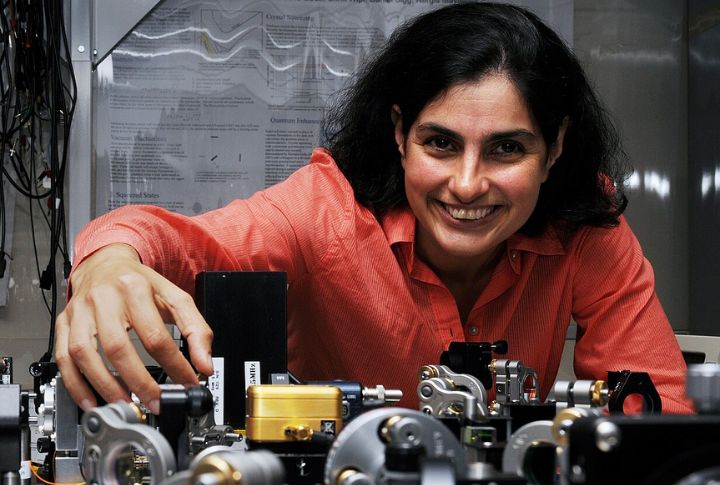
Nergis Mavalvala pioneered interferometry techniques paramount to LIGO’s 2015 detection of gravitational waves, confirming Einstein’s century-old prediction. Her expertise in quantum measurement pushed the boundaries of astrophysics and opened a new way to “listen” to the universe. Now MIT’s School of Science dean, she inspires the next generation of scientists to explore cosmic mysteries.
Susan Solomon
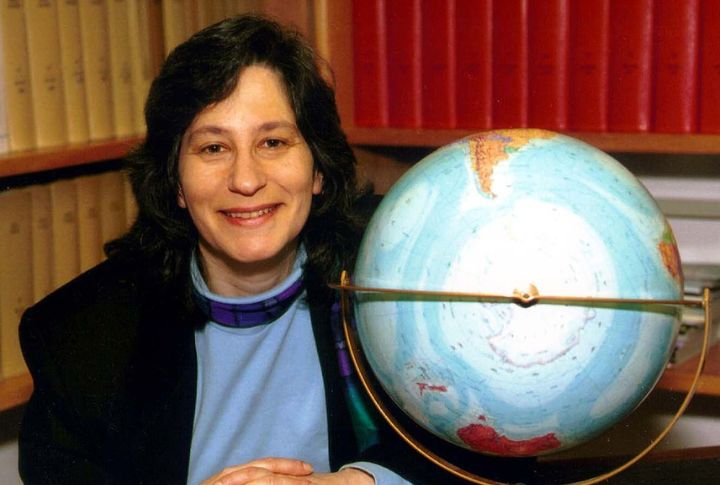
In 1986, Susan Solomon linked chlorofluorocarbons (CFCs) to the Antarctic ozone hole. Her discovery provided critical evidence for the Montreal Protocol, an international treaty banning ozone-depleting substances. This revolutionary atmospheric chemistry research helped preserve the ozone layer and set a precedent for science-driven environmental policy. It also demonstrated the vital role of research in tackling global climate challenges.
Nancy Roman
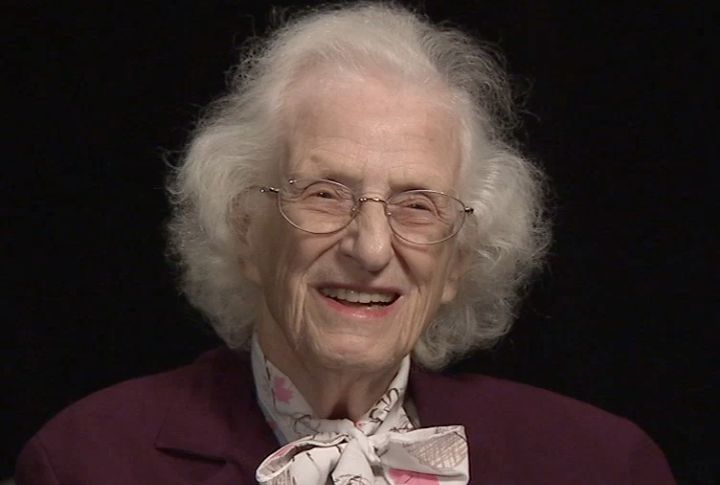
As NASA’s first Chief of Astronomy, Nancy Roman laid the groundwork for the Hubble Space Telescope long before its launch in 1990. Nicknamed the “Mother of Hubble,” she played a pivotal role in advancing space-based astronomy. Her bold vision expanded our view of the universe and opened doors for women in science. To date, this woman remains an inspiration to future generations of space explorers.
Mildred Dresselhaus
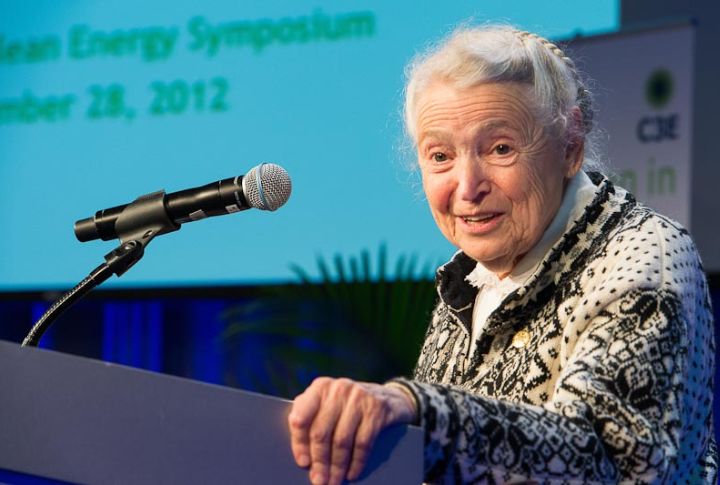
Known as the “Queen of Carbon,” Mildred Dresselhaus revolutionized nanotechnology by uncovering carbon’s electronic properties—a discovery that led to major advancements in fullerenes, nanotubes, and graphene. Her foundational research transformed materials science and enabled advances in electronics and energy. As MIT’s first female Institute Professor, she also championed diversity in STEM, ultimately empowering generations of scientists and engineers.

Comments
Loading…